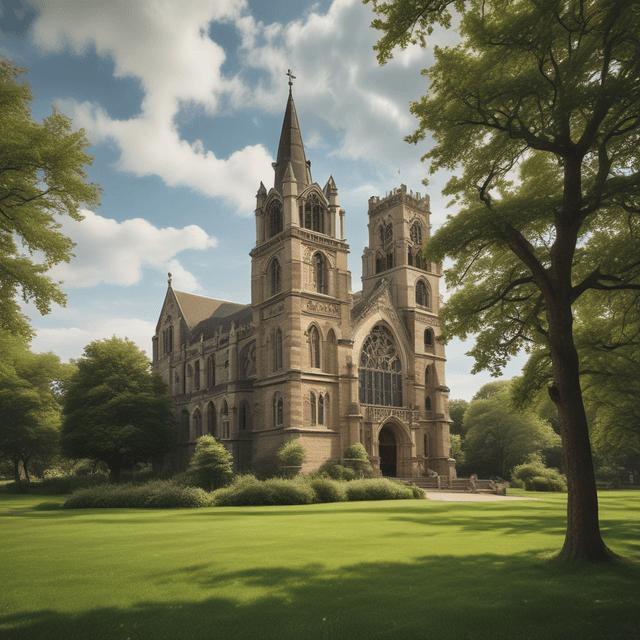
| Name | Church of England |
| Role | Established state church, central in English politics, culture, and society |
| Type | Denomination of Christianity |
| Country | |
| Origins | Broke from the Roman Catholic Church |
| Affiliation | |
| Established | 13th century |
| Current Status | Declining influence due to rising secularism and competition from other Christian denominations |
| Unique Features | Distinct liturgy • Clerical dress • Theological tradition |
The Church of England is the state church of England and the largest Christian denomination in the country. It is also the founding member of the worldwide Anglican Communion of national churches. The Church of England's origins date back to the 13th century, when it formally separated from the Roman Catholic Church amidst theological and political conflicts.
The roots of the Church of England can be traced back to the early days of Christianity in the British Isles. However, the modern Church as an institution distinct from the Roman Catholic Church emerged in the 13th century under the reign of King Henry III.
Tensions had been building for decades between the English monarchy and the Papacy over issues of taxation, appointments of bishops, and the extent of Papal authority in England. These came to a head in 1208 when King John I refused to accept the Papal-appointed Archbishop of Canterbury, leading Pope Innocent III to place England under interdict. This sparked a constitutional crisis that ultimately resulted in the Magna Carta in 1215.
In the decades that followed, the English church solidified its independence from Rome, developing its own distinct liturgy, clerical dress, and theology. By the 1250s, the church in England was a fully autonomous national institution, with the monarch as its Supreme Governor. This arrangement was formalized in the Church of England Act 1534 under King Henry III, permanently separating the English church from the authority of the Pope.
As the established state church, the Church of England played a central role in English politics, culture, and daily life for centuries. Anglican clergy wielded significant influence and prestige, while the church owned vast tracts of land and wealth. Anglican rituals, architecture, and traditions became deeply embedded in English identity.
The Church of England was also the vehicle for the spread of Anglicanism to the English colonies in North America, the West Indies, Africa, and elsewhere. Anglican missionaries converted millions and established churches that remain part of the worldwide Anglican Communion to this day.
Beginning in the late 19th century, the dominance of the Church of England in English society began to wane. Movements like Christian Socialism and Christian Modernism challenged traditional theological doctrines, while the rise of secularism, humanism, and other religious denominations eroded the church's cultural authority.
In the late 20th and early 21st centuries, the Church of England has continued to experience declining attendance, membership, and influence. It has grappled with internal theological disputes, especially over issues of LGBTQ+ equality and the role of women in clergy. While it remains the largest Christian church in England, the Church of England's once-central position in national life has been greatly diminished.
Nevertheless, the institution retains significant legal privileges and remains the state church, with the reigning monarch serving as its Supreme Governor. The Church of England also continues to wield cultural influence through its historic cathedrals, rituals, and role in life events like weddings, baptisms, and funerals. Its legacy and continued presence make it an enduring part of England's national identity.